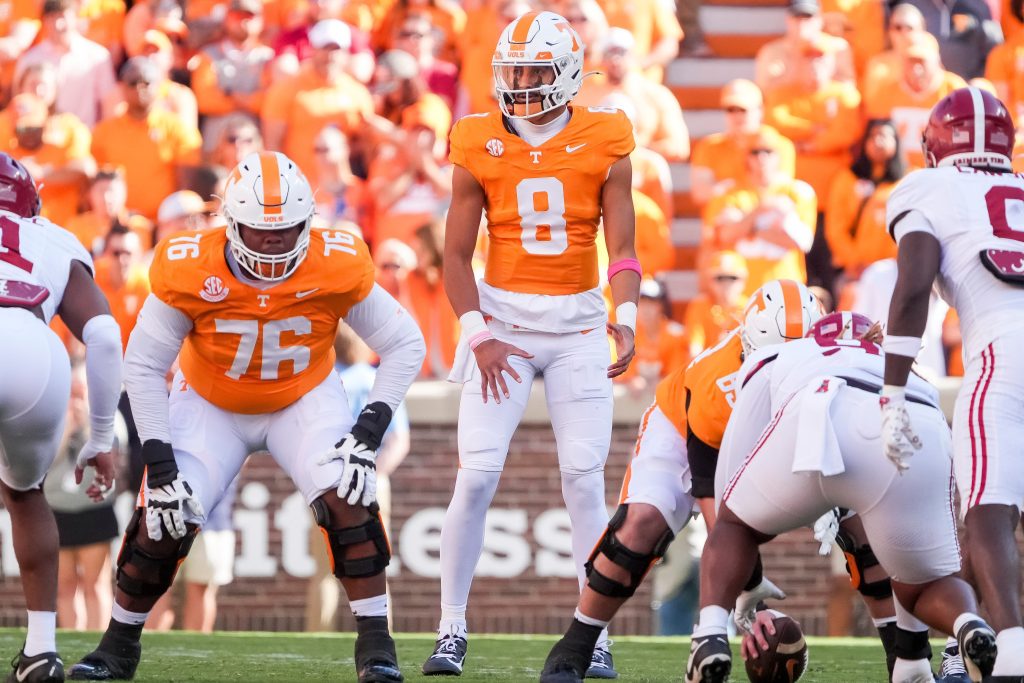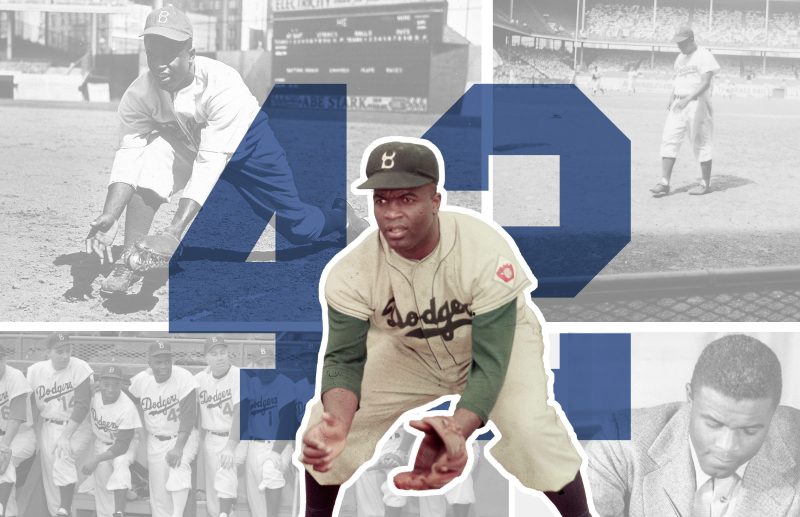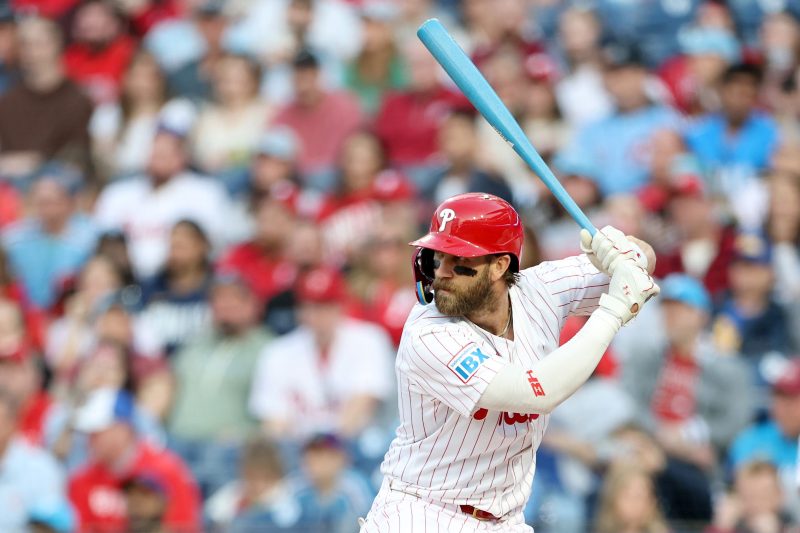The NCAA can solve situations like Nico Iamaleava with one simple fix

Maybe it’s time to start evaluating the clear and present more substantially.
Instead of overreacting to every possible unintended consequence.
I know this is going to shock you, but there will be more college football players in the very near future holding out and demanding restructuring of NIL contracts.
Prior to the start of fall camp in 14 weeks.
Prior to the start of the season in 18 weeks.
Prior to the start of the College Football Playoff in December.
If you think Nico Iamaleava’s now failed leverage game with Tennessee is a one-off, you obviously haven’t been connecting the dots. The great college money rush is on.
“Just the landscape of college football,” Tennessee coach Josh Heupel said after last weekend’s spring game. “That this happens at this point.”
And it’s going to happen again.
Look, this isn’t about complaining or pining for yesteryear, or blaming greedy players for the ills of the game. It’s about solving the problem, one that’s slowly eating away at the soul of the sport.
This is about adding hefty buyouts to NIL deals. This is about corralling the unbridled mess that is NIL money.
What did college football’s braintrust think was going to happen when the figurehead NCAA followed orders from the power conference presidents in 2021 to set up a system that allowed unregulated name, image and likeness deals — and free player movement?
It should come as no surprise that Ohio State, which spent nearly $42 million last season on its football program – head coach, assistant coach and player salaries – won the national championship.
It should also come as no surprise that without critical transfers Will Howard (Kansas State), Caleb Downs (Alabama) and Quinshon Judkins (Mississippi), the Buckeyes don’t even reach the playoff.
Keep up with the off season: Sign up for USA TODAY’s Sports newsletter.
And now we’re shocked that Iamaleava, a heralded recruit that was solid in his first-year starter in 2024 at Tennessee, was holding up the program for more cash — or else?
The solution, everyone, is in the regulation. But the easy solve is one college sports continues to avoid at all cost: employee status, contracts and collective bargaining.
Absent that, we’re forced down the nonsensical road of maybe Congress will help with federal legislation (it won’t). Or maybe the NCAA can come up with “guardrails” that won’t be challenged in court (they will).
I’ve seen this dance before, and it doesn’t end well for all things NCAA.
For decades upon decades, the NCAA fought to the bitter end for its pollyanna ideal of the amateur model, losing case after case in legal proceedings while holding on like grim death to outdated philosophy.
I’ve got a better idea: treat players like coaches and solve the problem.
Hello, buyouts.
Buyouts don’t restrict coaching movement, they’re simply an addendum to a contract outlining a fee paid to the employer if the employee decides to leave for another job prior to the end of the contract.
That fee is agreed upon by both parties during initial contract negotiations, and is legally secure. If a coach wants to later leave one job for another, it’s on him to pay his buyout.
He can pay it, or the school hiring him can pay it. But you better believe it’s getting paid.
While buyouts rarely stop a school that wants to hire a coach or a coach who wants out of a deal, they do create pause in the procedure. That hesitation, meanwhile, can eventually leads to a restructured deal.
Or maybe it simply leads to a more organized departure.
Nearly a decade ago, Jim McElwain wanted to leave Colorado State to take the Florida job. His buyout was $7 million, and Colorado State wasn’t giving in.
So Florida paid Colorado State $3 million, gave the Rams another $2 million for a future guaranteed game, and McElwain paid the remainder of the buyout.
Now trace that process to players and power and all things NIL. Before we go further, understand that a majority of power conference schools must buy into the process.
In other words, schools must start inserting significant buyouts into contracts. It can’t be hit and miss, or high school and transfer portal players will simply shop and sign with schools that don’t have buyouts.
If all power conference schools have NIL deals with buyouts, the possibility of player holdouts at least comes with a caution signal. The machinations within the deal are then inherent obstacles.
How much is the buyout? Who pays the buyout? How much will the buyout affect the new deal?
“Not 100 percent of it is exactly what you want,” Heupel said when asked about the current state of college football.
Then the former player in Heupel showed up, the junior college transfer quarterback who led Oklahoma from mediocrity to the 2000 national title. And didn’t get an NIL nickel for it.
“I can understand a player’s perspective, too,” Heupel said. “There’s some benefits to it.”
This isn’t about vilifying players. It’s about evaluation and finding answers.
Solve the problem.
Matt Hayes is the senior national college football writer for USA TODAY Sports Network. Follow him on X at @MattHayesCFB.







